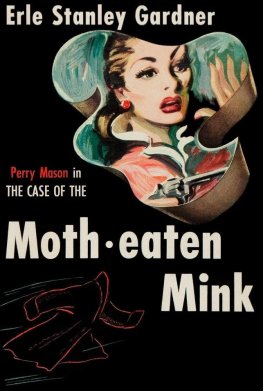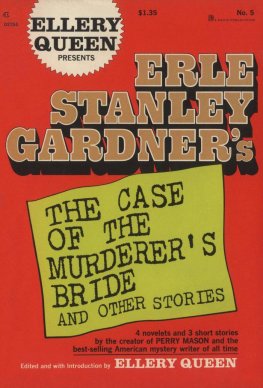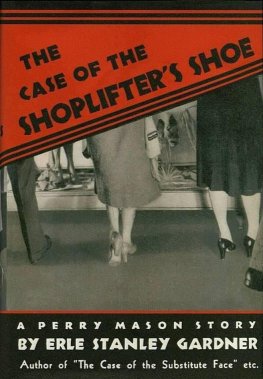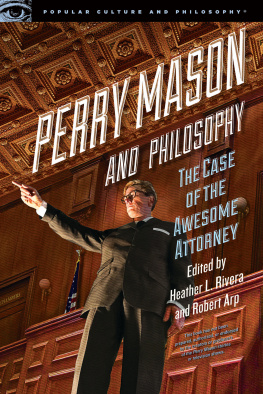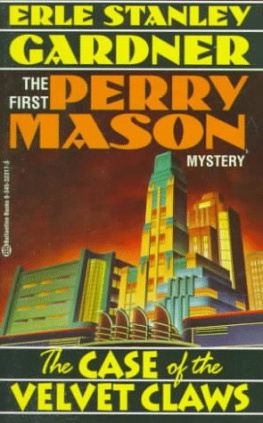Erle Stanley Gardner
The Case of the Demure Defendant
In writing forewords to my mystery stories, I have from time to time stressed the importance of legal medicine.
Legal medicine in the field of homicide investigation is daily becoming more and more recognized as a means by which murders can be detected and the culprits apprehended on the one hand, and on the other hand, innocent victims who have become unjustly enmeshed in a chain of circumstantial evidence can be acquitted.
I first met Dr. Daniel J. Condon, Medical Examiner of Maricopa County, Arizona, on a blistering hot day, or perhaps I should say on a blistering hot night. I went to Phoenix, Arizona, to investigate a case and, because I had had some correspondence with Dr. Condon, wrote him that I would like to consult with him. My train arrived sometime around four oclock in the morning, so I had planned to go to a hotel until eight or nine oclock when I could decently call Dr. Condon. As I looked around for a taxicab, I noticed a big man, informally dressed in khakis and a short-sleeved shirt, pushing his way toward me with outstretched hand and that unmistakable air of cordiality which is so much a part of Arizona.
When it turned out that this was none other than Dr. Condon, I expressed surprise that he should be there at that hour, particularly in view of the fact that the case on which we were working was one of those Court of Last Resort cases where there was no money in it for anyone.
Dr. Condon waved my protests aside in his breezy casual way, bundled me into his automobile, whisked me off to breakfast, and by daylight, before the hot sun created mirages dancing on the desert, we were reeling off the miles, headed toward the scene of our investigation.
That was my introduction to Dan Condon of Phoenix^ as good a friend, as good a pathologist, and as good an investigator as youll find anywhere in the country.
Dan Condon was trained in the tradition of Dr. Alan Moritz and Dr. Richard Ford. I have previously dedicated books to both of these men, and their influence in the field of legal medicine is deep and lasting.
Dr. Condon was educated in his specialized field under the instruction of Richard Ford in the Department of Legal Medicine at Harvard University; and in a recent letter to me Dr. Condon said:
The coincidences of sudden death constantly amaze me; and I know from your work with your Court of Last Resort that you are well aware of the danger of accepting what seems obvious until it can be reasonably proven. And, incidentally, I think that is the reason for the notable success of legal medicine as propounded and forwarded by the Harvard group of Ford; and Moritz before him. Slipshod or halfway-made examinations were never a part of their work; and they subtly, and often directly brought that home to anyone associated with them.
Until we have greater faith in legal medicine and a larger number of competent medical examiners, we are never going to know how many guilty persons are permitted literally to get away with murder, or how many innocent persons are wrongfully convicted due to an erroneous concept as to the cause of death.
For instance, one of Dr. Condons cases involved a death which was listed by the attending physician as a heart attack. A small, vague bruise on the abdomen, however, aroused Dr. Condons curiosity. He insisted on an autopsy and found the actual cause of death was peritonitis secondary to a ruptured or perforated bowel.
When this information was relayed to the police, they checked further and found that the victim had been in a fight two days previously, at which time four witnesses had seen him kicked in the abdomen.
On the other hand, when a man was arrested for murder after having struck a woman who had died some three hours later, apparently from the effects of the blow, an autopsy showed that the woman had actually died from a subdural hematoma, which apparently she had had for five to ten days. When this information was communicated to the police, they were able to find witnesses who stated that the woman had been complaining of headaches and blurring vision for a week before her death and had complained of having hurt her head in a fall.
In another of Dr. Condons cases, a man made two attempts at suicide. Witnesses testified that he had taken a lethal quantity of Seconal and then, in order to make death doubly certain, had cut his wrist quite plainly a death by suicide.
Yet, strangely enough, in this case an autopsy showed that the cut on the wrist was superficial, that virtually all of the Seconal was still in the stomach, with none in the blood or organs, and that the man had apparently died a natural death. That this was true was established when an examination of the heart showed that, by an irony of fate, natural death had intervened at a time when the man was unquestionably trying to commit suicide.
Those are typical of cases which are encountered with alarming frequency by a competent medical examiner, and we wonder how many similar cases result in miscarriages of justice when there is no competent medical examiner on the job.
Of course, we cant reach any mathematical conclusions, but we do have enough data to indicate that the number is alarmingly high.
Dr. Condon is one of a tight little group of highly trained scientific men who are pioneering a new order of investigative efficiency in matters of sudden death. These men deserve every recognition and praise we can bestow upon them.
And so it is with great pleasure that I dedicate this book to my good friend:
DANIEL J. CONDON, M.D.
Erle Stanley Gardner
The drugged girl lay on the couch, her left arm extended.
The man who stood over her held the microphone of a tape recorder.
What is your name? he asked.
The green light of the magic eye on the tape recorder flickered in an oscillating fan as the tones of the mans voice registered.
His left hand made a slight adjustment of the volume on the tape recorder. His voice, quietly insistent, filled with enough authority to make it positive yet not so mandatory as to arouse antagonism within the girls subconscious mind, slowly repeated the question again.
What is your name?
The drugged girl stirred. Her eyelids flickered.
There was no impatience in the mans voice, only that same quiet, authoritative insistence. What is your name?
This time the girls lips moved. The voice was slurred with drug-induced drowsiness. The sound was unintelligible.
Youll have to speak louder, the voice insisted, beating its way through to her consciousness. Speak louder. What is your name?
Nadine.
Thats better. What is your full name?
Nadine.
Your full name.
Nadine Farr.
Nadine, do you remember asking me to give you a truth serum test?
She yawned.
Do you remember?
Yes.
You promised that you would co-operate?
Yes.
You are going to co-operate?
Yes.
Move your right hand, Nadine.
She moved the right hand.
Thats fine. Now raise your right hand.
The right hand moved but did not rise.
Raise your right hand, Nadine. Nadine, raise your right hand. Raise your right hand.
The hand was raised slowly with visible effort.
Raise it higher. Raise it higher, Nadine. Higher.
The hand was lifted higher.
Thats fine. Now drop your hand. Tell me the truth, is there anyone in the world whom you hate?
Not now.
Does someone hate you?
Not now.
Are you in love?
Yes.
Did you ever hate anyone?
Yes.
Man or woman?
Man.
Who is that man?
Hes dead.
Nadine, I am Dr. Denair. I am your doctor. Do you have full confidence in me?

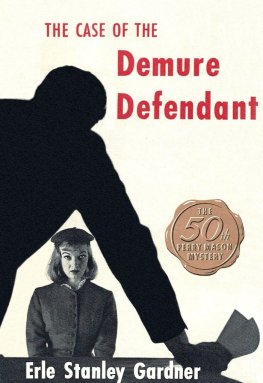
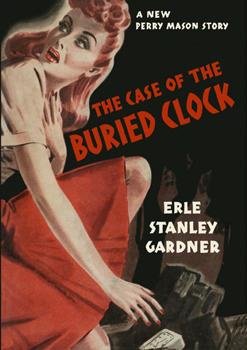
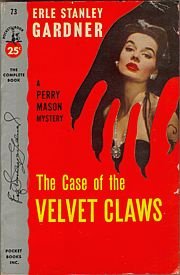
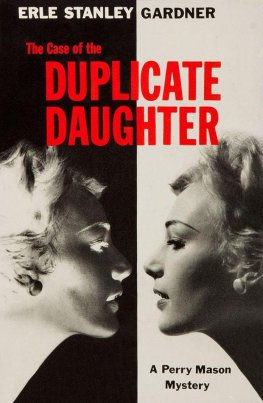

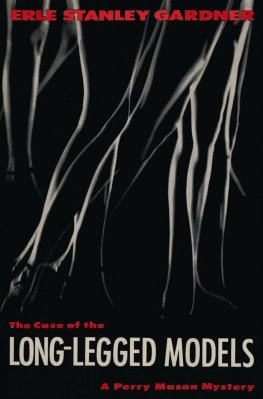
![Erl Gardner - The Case of the Deadly Toy [= The Case of the Greedy Grandpa]](/uploads/posts/book/924181/thumbs/erl-gardner-the-case-of-the-deadly-toy-the.jpg)




